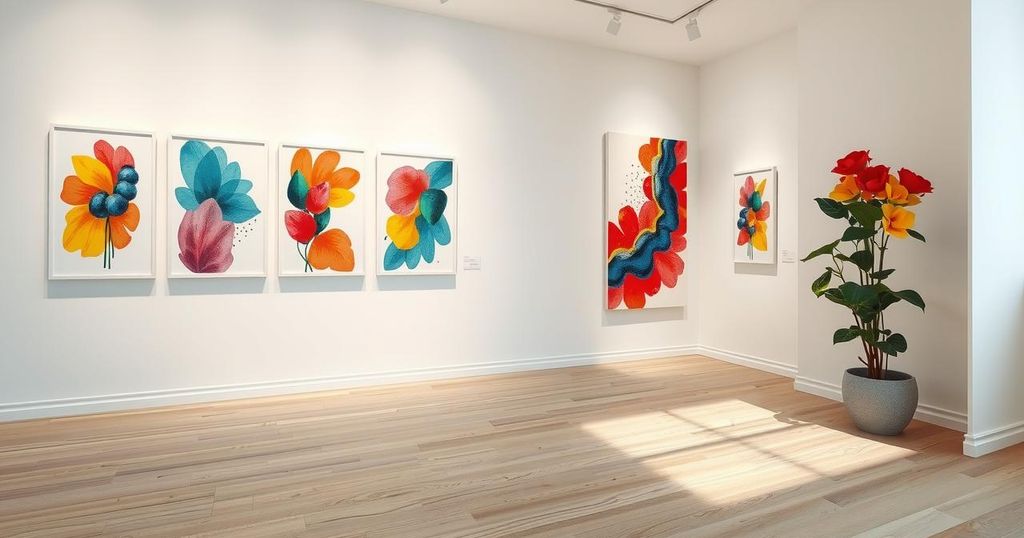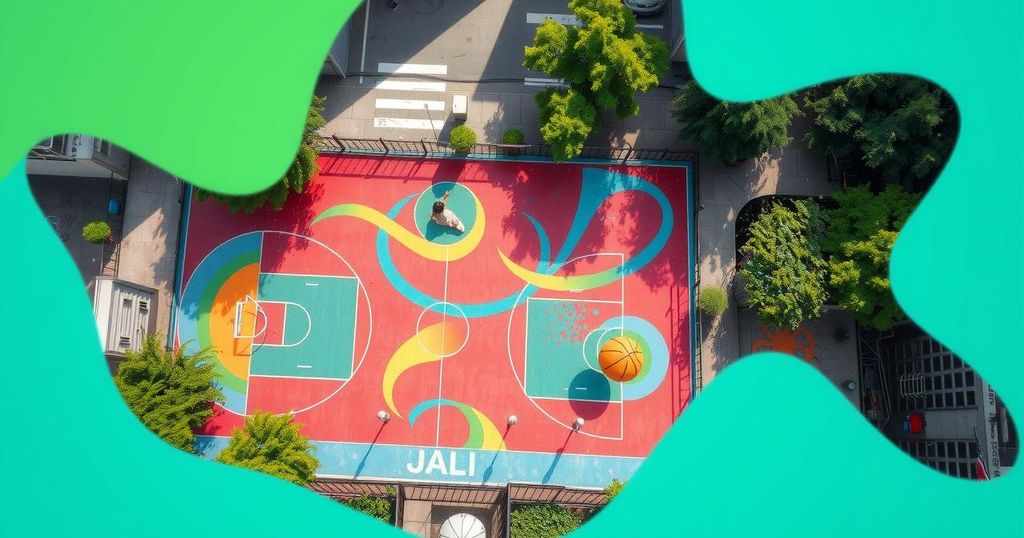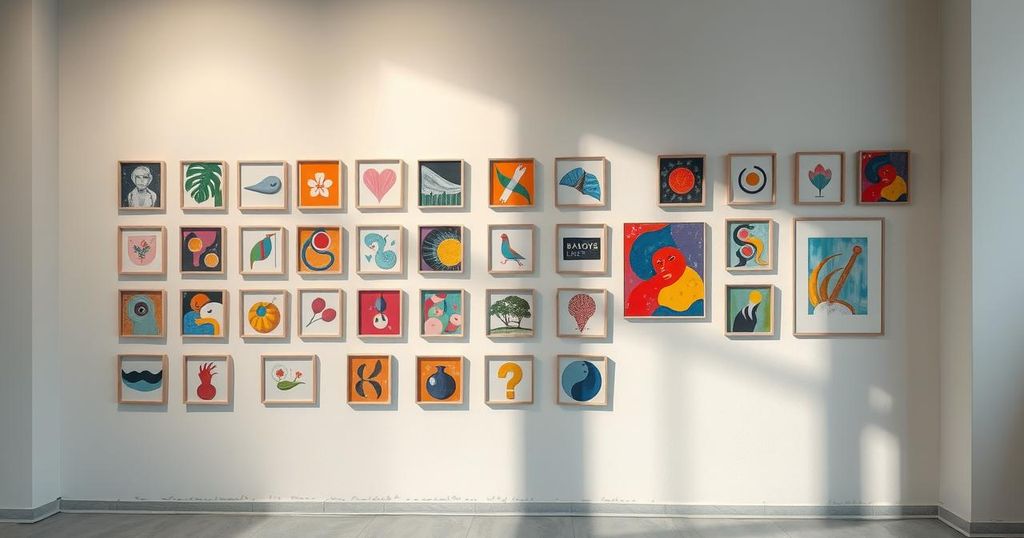arts
ANTISEMITISM, ART, ARTNEWS, BERLIN, CONTROVERSY, DUREN, ETHICS, EUROPE, FRIED, FRIEDA, FRIEDA TORANZO JAEGER, GERMANY, GÜNTHER PEILL FOUNDATION, LEOPOLD - HOESCH - MUSEUM, LEOPOLD HOESCH MUSEUM, MUSEUM, NORTH AMERICA, PALESTINE, PROTESTS, SOCIETY, STRIKE GERMANY, TOR, TORANZO JAEGER, UNITED STATES
Leo Nguyen
0 Comments
Frieda Toranzo Jaeger: Artistic Expression vs. Political Beliefs
Frieda Toranzo Jaeger, an artist from the Venice Biennale, lost a $19,000 stipend and exhibition due to her pro-Palestine views. Citing her signature on a Strike Germany letter, the Günther Peill Foundation and Leopold-Hoesch-Museum canceled the partnership. Jaeger contends this decision was made under pressure, while a journalist’s scrutiny intensified her situation, culminating in accusations of harassment and a complicated debate over political activism in art.
Frieda Toranzo Jaeger, a celebrated artist featured in this year’s Venice Biennale, recently lost both a major exhibition in Berlin and a generous $19,000 stipend due to her pro-Palestine stance. This stipend was awarded by the Günther Peill Foundation, which included a planned exhibition at the Leopold-Hoesch-Museum in Düren, Germany, slated to open in 2026, along with funds for a supporting catalogue.
After her selection as a stipend winner, the museum and foundation abruptly canceled the funding and exhibition. They cited her signature on a letter from the Strike Germany initiative, which encourages artists to avoid institutions that suppress political dissent, specifically regarding pro-Palestine sentiments. A joint statement acknowledged her position, and it was indicated that they could not support her activism while collaborating with her.
Toranzo Jaeger, however, contested the notion of mutual agreement, claiming she faced pressure from institution representatives. “The institution and foundation bullied me into agreeing with their statement,” she stated, feeling trapped and lacking legal options to resist.
Officials from Düren, representing the museum, disputed her claims, insisting that no coercion occurred and expressing surprise at her divergent version of events. They said a consensus was willingly reached, conveying disappointment that such a resolution was necessary.
Jaeger, who has gained recognition for her paintings of futuristic vehicles showcased globally, asserted that her opportunities were suffocated when journalist Kito Nedo started scrutinizing her affiliations. Nedo, a contributor to various media outlets, reportedly contacted the museum and the foundation about her involvement with the Strike Germany movement, presenting evidence of her pro-Palestine social media activity.
Nedo characterized his inquiry as investigative, but Jaeger interpreted it as harassment, mentioning her approval of non-controversial posts tied to Palestinian advocacy. Although one post she liked featured a red triangle symbol associated with the Palestinian movement, Jaeger contended these were benign expressions of solidarity, not inflammatory endorsements.
While the Strike Germany initiative has been viewed by some as a boycott of German institutions, she clarified her stance against such a binary interpretation, asserting that she wished to engage constructively with local entities. Jaeger remained optimistic that the movement’s demands would evolve with changes in the political landscape within two years.
The controversy surrounding Frieda Toranzo Jaeger encapsulates the complex interplay between artistic expression and political beliefs. The situation explores the consequences artists may face when their views align with politically sensitive movements like pro-Palestine activism. In this case, institutional backlash appeared to emerge swiftly following media scrutiny, raising questions about free expression and the boundaries of artistic collaboration in politically charged contexts.
The saga of Frieda Toranzo Jaeger underscores significant tensions between personal beliefs and institutional affiliations in the art world. Forced to navigate the murky waters of political expression, she illustrates the precarious balance artists must strike in pursuing their craft while standing by their convictions. As these dialogues unfold, the future of artistic freedoms and institutional relationships remains to be seen, opening a pathway to broader conversations about the role of art in societal issues.
Original Source: www.artnews.com




Post Comment